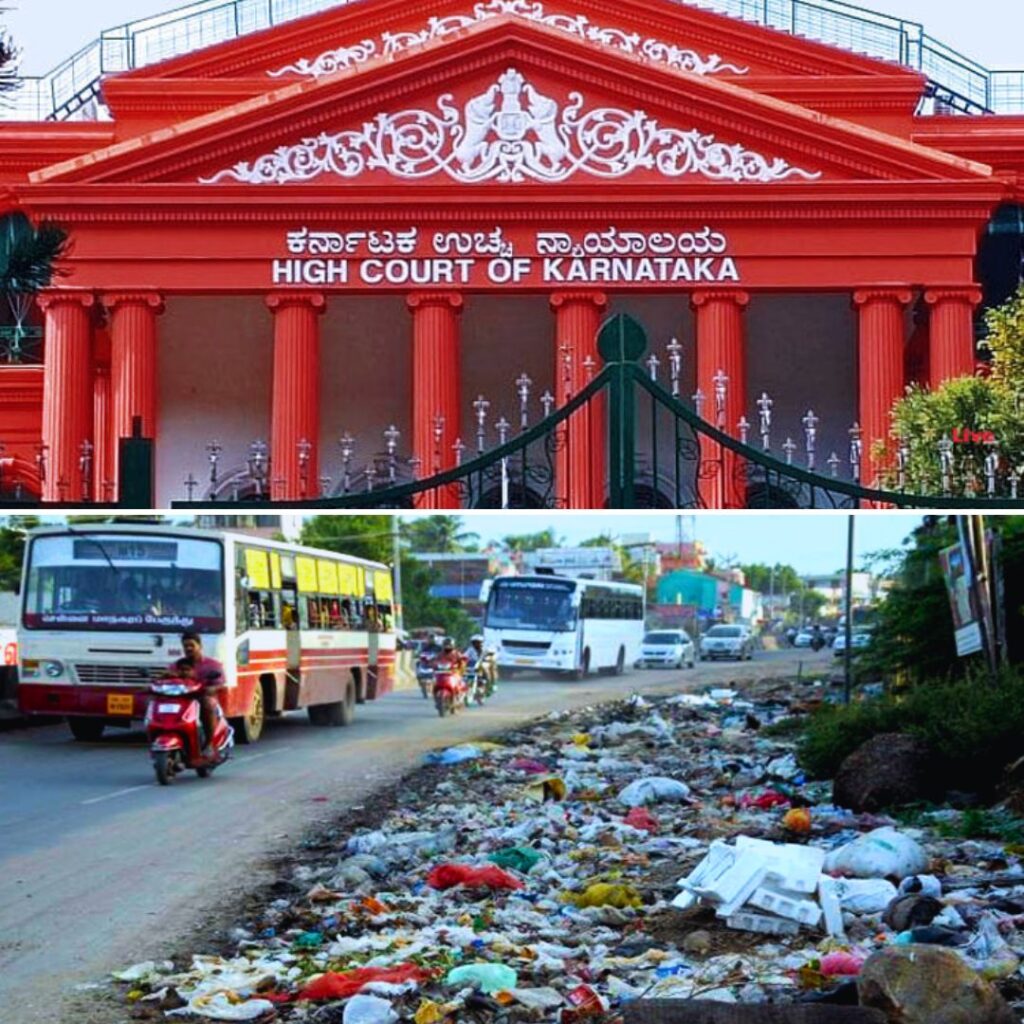A shocking security breach at the Taj Mahal has ignited nationwide debates after Gaurav Chauhan, a Karni Sena alleged affiliated individual, entered the UNESCO World Heritage Site on 15 April 2025 and poured Gangajal on the marble tombs of Mughal emperor Shah Jahan and Mumtaz Mahal.
The incident, captured in a viral video where Chauhan chanted “Har Har Mahadev” and asserted the monument’s identity as “Tejo Mahalaya” (a Shiva temple), has exposed critical lapses in security and amplified longstanding communal tensions.
While the Archaeological Survey of India (ASI) and Central Industrial Security Force (CISF) have launched investigations, right-wing groups continue to fuel claims about the site’s Hindu origins, further polarising public discourse.
Security Lapses Under Scrutiny: How Did the Breach Occur?
Gaurav Chauhan, a resident of Muzaffarnagar, Uttar Pradesh, bypassed multiple security layers—including bag checks and bans on liquids—to smuggle a plastic bottle into the monument’s inner sanctum. Visitors to the Taj Mahal routinely undergo rigorous screening, with prohibitions on food, large bags, and even pens.
Yet, Chauhan’s entry with a conspicuous container has raised questions about staff negligence. A CISF official, speaking anonymously, admitted, “The incident occurred during peak visitor hours, and distractions may have played a role.”
This follows a pattern of security failures: in September 2024, tourists were filmed urinating on the premises, while a December 2024 bomb hoax triggered evacuations. ASI has since announced plans to install advanced scanners and increase staff training.
Ongoing Investigations and Stakeholder Reactions
Authorities have filed an FIR against Chauhan under IPC Sections 295 (defiling a place of worship) and 153A (promoting enmity). Rajkumar Patel, ASI’s Agra Circle superintendent, stated, “We are auditing all security protocols and collaborating with local police to ensure accountability.” Meanwhile, reactions remain sharply divided:
- Karni Sena: Denied official involvement, calling Chauhan’s act “personal and unauthorised”.
- Akhil Bharat Hindu Mahasabha: Hailed the incident as “a step toward reclaiming Bharat’s stolen heritage”.
- Tourism Industry Stakeholders: Expressed alarm, citing potential damage to India’s global image and visitor safety.
Historical Claims and Escalating Tensions: A Timeline
The Taj Mahal’s identity has been weaponised in recent years:
- 2018: Namaz at the onsite mosque was halted after right-wing protests.
- 2020: A petition in the Allahabad High Court sought to declare the monument a Hindu temple, which ASI rejected citing “no evidence”.
- 2023: The “Tejo Mahalaya” theory gained traction on social media, with fringe groups organising rallies outside the monument.
Legal experts note that such claims often rely on pseudohistorical texts, while historians like Rana Safvi emphasise, “The Taj’s Mughal origins are well-documented. These acts erase our syncretic past.”
The Logical Indian’s Perspective
The Logical Indian condemns acts that threaten India’s pluralistic heritage and communal harmony. While historical discourse is vital, it must not justify vandalism or exclusion. Strengthening security and fostering dialogue between communities is essential to protect shared cultural legacies.
As debates over history and identity intensify, how can we collectively ensure that heritage sites remain symbols of unity rather than division? Share your thoughts to champion coexistence and accountability.
A controversy has erupted after a man claiming to be a worker of the #KarniSena entered the #TajMahal and sprinkled what he called Gangajal (holy water from the Ganges) on the graves of #Mughal emperor #ShahJahan and his wife #MumtazMahal.
— Hate Detector 🔍 (@HateDetectors) April 16, 2025
The incident, captured in a viral… pic.twitter.com/XhvkxK51wV












